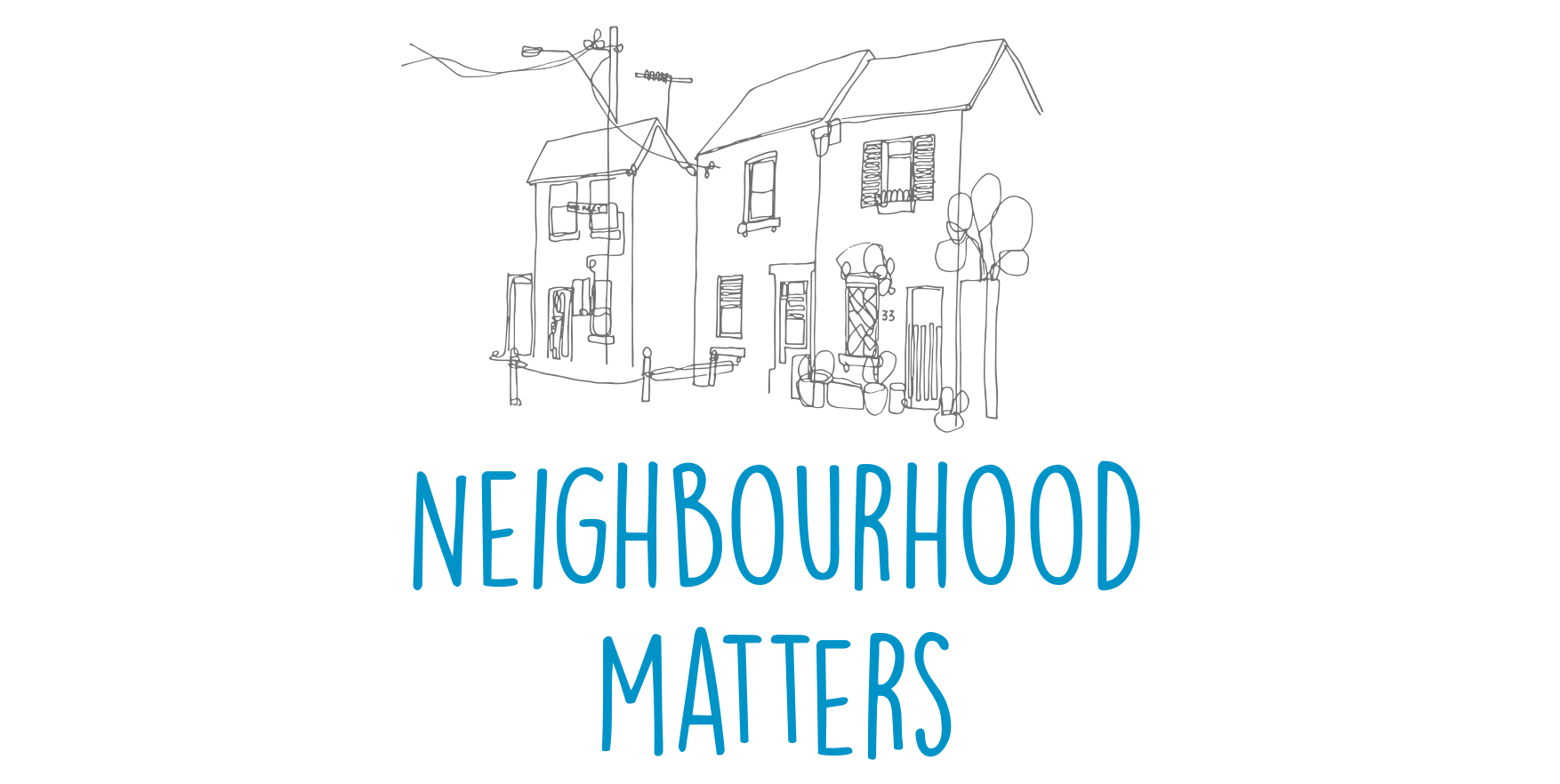Throughout my adult life, I’ve been involved in a variety of welfare and community development organisations. Whether it’s helping at a lunchtime ‘drop-in’, setting up an overseas charity, coming alongside people at the margins of society or raising funds for people in need, it’s been rewarding to see needs met, relationships built and lives changed.
But I’ve also had niggling questions that continue to bother me: Are we building dignity or encouraging dependency? Are we helping or are we hurting?
Perhaps the underlying question in all of this is: How do we exercise power? Philosophers, social scientists and theologians have wrestled with this question for millennia. It’s an important question that challenges our practices in everything from politics to the workplace, from community organisations to families, and from religious institutions to relations between genders, races and different age groups.
Last September, World Vision, one of the world’s largest international non-government organisations, announced a switch in how it would run its child sponsorship programs:
Almost 1,000 children in rural Guatemala gained sponsors this month from a megachurch in southern Indiana.
But in this case, it was the indigenous children in need who pondered photos of smiling faces and chose one they felt a connection with. And it was the adult donors in the United States who nervously waited, wondering who would pick them.
World Vision explained that the goal of this switch ‘is to empower children, letting them make the first of many choices during their sponsorship’. It’s the latest in decades of adjustments to child sponsorship – an approach to development that has been praised for transforming lives but also criticised for exploiting children or simplifying complex issues of development. This new model, aptly named ‘Chosen’, is a positive step for two reasons.
Firstly and most obviously, it’s a reversal of the usual power relationship. Guatemalan children experiencing poverty and disadvantage are being given a choice of who will support them. They are no longer passive recipients but active decision-makers. At the other end, the potential sponsors in the US are experiencing some of the sense of anticipation and vulnerability that the children would normally experience.
Secondly, it’s a subversion of the individualistic model of sponsorship. The children in the community gather for a ‘choosing party’ – ‘a celebration where the kids choose their sponsors’. You can just imagine the fun these kids have when looking at photos of American churchgoers together, commenting on their smiles or the colour of their hair, wondering what kinds of houses they live in, and then celebrating their new relationships.
There’s a lot we can learn from World Vision’s model. What would it look like to reverse the power relationship in our own communities, organisations and relationships? How can we make sure that those who receive our help have a greater say?
I think ‘Chosen’ is a great first step. But I’m still not comfortable with the word ‘empowerment’. Craig Greenfeld writes that:
built into the word “empowerment”, is the sense that someone is giving power to someone else. To empower someone, you need the powerful to give power to the weak. And if you can give power to someone, you can also take it away.
‘Chosen’ still leaves the children in Guatemala vulnerable. While they are now able to choose who sponsors them, they are not involved in shaping what the sponsorship program looks like. They are still not equal partners with the sponsors, but recipients of their help.
Of course kids will always be dependent to some extent, but what would it look like for these sponsor children to move from ‘empowerment’ to ‘ownership’? And how would this look in our own communities, organisations and relationships?
